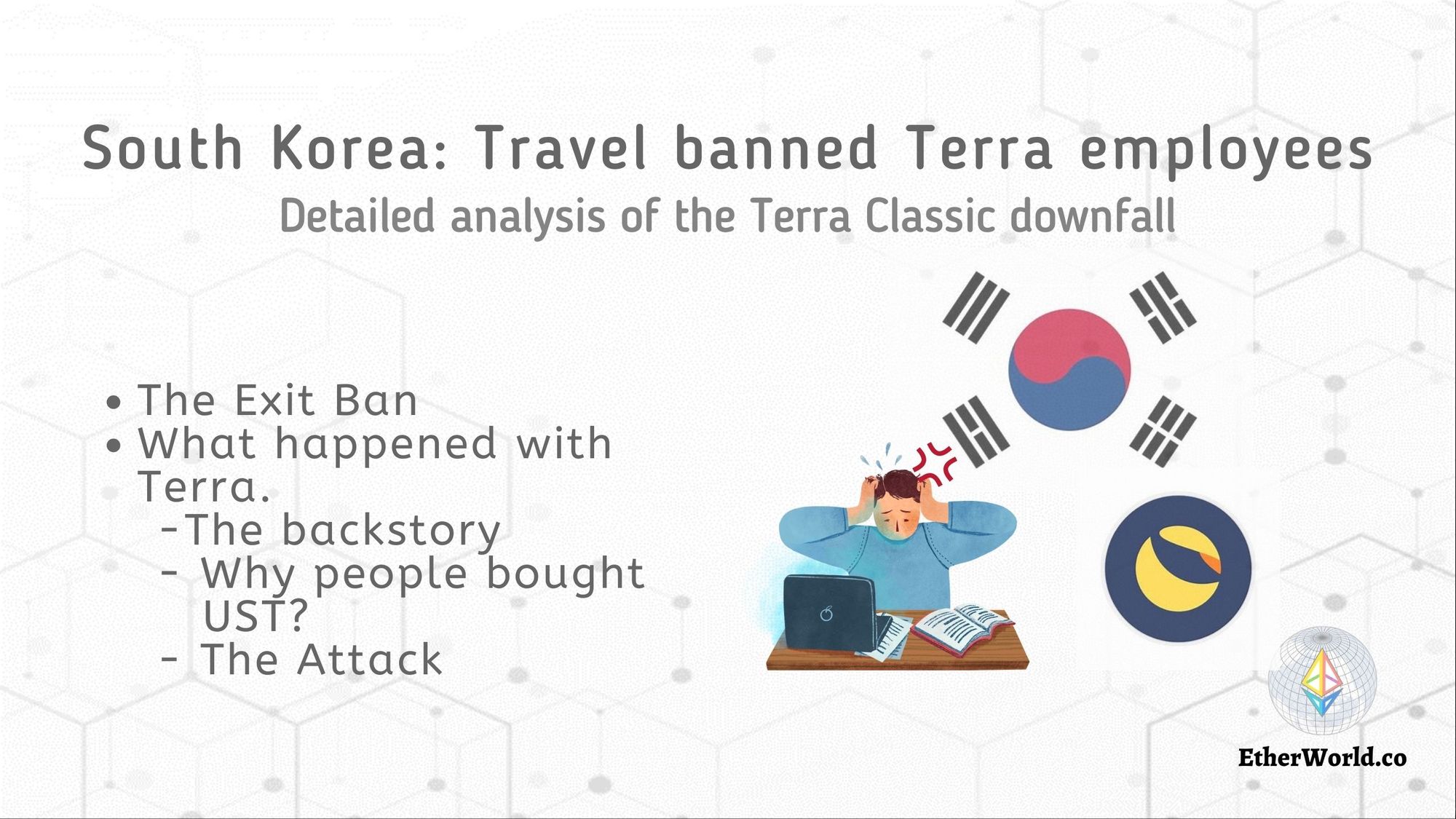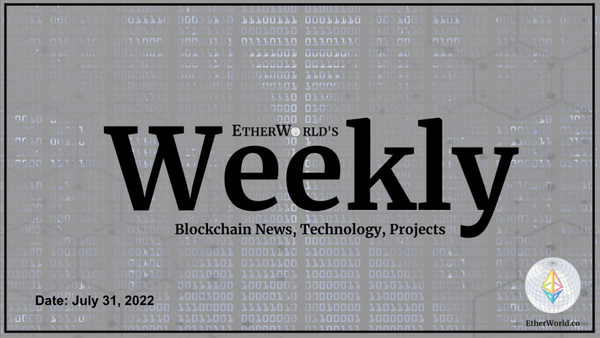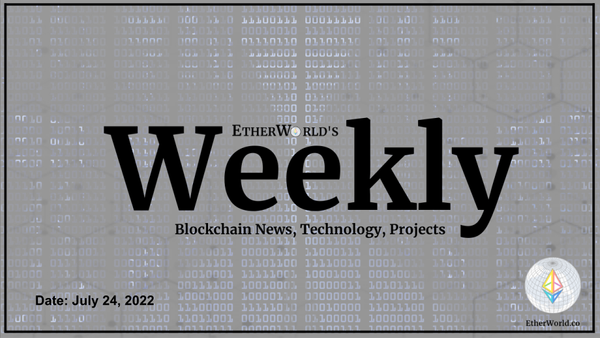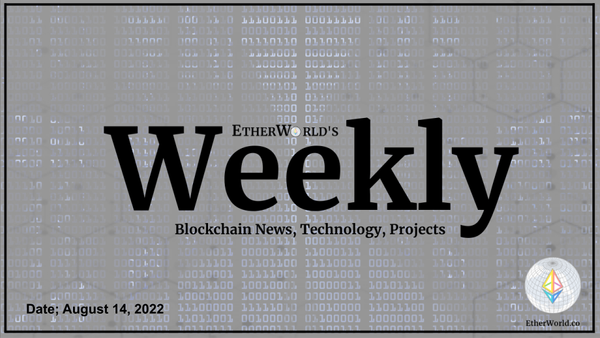The Exit Ban
The government of South Korea has prohibited Terraform Lab employees, including the core developers, designers, and important workers of the organization, from leaving the country, thus the impacts of the collapse of the LUNA token in the cryptocurrency markets are still being felt there. Co-founder and CEO of Terraform Labs Do Kwon has left South Korea and, according to speculations, is now in Singapore, it is being said that government has some plans of restricting his activities inside the country.
stop asking me why i couldn't make it to NYC frens, this is why: the Korean government imposed an exit ban for all ex-@terra_money employees today pic.twitter.com/5Jds99ZNwQ
— Daniel Hong 🪄 (@unifiedh) June 20, 2022
South Korea allegedly didn't even inform Terra or its ex-employees before or after issuing this order, which forbids them from leaving the country. The ecosystem was attacked, and investigations are ongoing as a result of the dramatic events involving Terra LUNA and UST (more on this ahead in this post).
The prosecutors allegedly stated that they "normally don't tell people of this because they might destroy evidence and/or leave the country beforehand," according to Daniel Hong, who left Terra last year in August.
The fact that even the employees who left the company in 2019 or 2020 were subject to a travel ban has sparked anger among netizens, who feel that they should have been notified beforehand.
clarifying upon my previous statement:
— Daniel Hong 🪄 (@unifiedh) June 20, 2022
1. I am *willing* to cooperate with the investigation
2. but none of us were officially notified of this ban afterwards
3. and the scope of this travel ban includes people who left in 2019/2020, more than two years ago https://t.co/vDNTe4jpRU
If you're unsure of what occurred to the Terra Blockchain, continue reading to learn the whole sequence of incidents that caused LUNA to crash by 100 percent in a matter of days.
What happened to Terra?
The backstory
Do Kwon founded Terra, which was widely used in South Korea by users for transactions and other financial activities and luckily it gained popularity in the whole crypto market rather quickly. It is maintained by the LUNA Foundation Guard (LFG), whose native token was LUNA.
UST (terraUSD)- A stable coin introduced by Terraform labs, it was supposed to keep up its value to 1 USD through a network of arbitragers who buy and sell LUNA.
They added a mechanism through which 1 dollar worth of LUNA can be exchanged for 1 UST.
Therefore, for stable coins, there is typically 1 USD deposited as collateral somewhere in the banks for every 1 USDC, but Terra chose to use LUNA worth 1 Dollar as collateral for UST, which is in and of itself a very flawed mechanism since LUNA is not a stable coin but they tried to give the general public a false sense that there is something backing UST.
At their peak, they had 12-13 billion dollars of UST but it wasn't sure if there is actually the same price of LUNA sitting somewhere in the vault.
But why will someone buy UST instead of USDC or any other stable coin?
Anchor Protocol was offering 20% APY if you put your UST in it which is a DeFi protocol within the Terra ecosystem. At one point, the Anchor Protocol contained nearly 70% of all the UST that had ever existed. Let's leave ourselves out of the specifics, but at least 50% of that 20% came from LFG itself as part of marketing.
The popularity of this concept increased, and in less than two years, the price of the LUNA token rose from $0.40 to $112. Running on Ethereum, Solana, Binance Smart Chain, and harmony, which was made possible by Mirror Protocol, it became the second-largest ecosystem behind Ethereum.
Do Kwon purchased $3.5 billion worth of Bitcoin to collaterize UST and provide it with real backing as the ecosystem was prospering.
The Attack
The beauty of blockchains is that everything is transparent, which you must be aware of by now. You can practically witness how Terra was assaulted step by step!
The back-end system that was in operation was as follows: as UST prices fell, more LUNA was produced to bring the price back up to $1 of UST; this eventually led to a decline in the price of LUNA because of high supply and vice versa.
Since bulk purchases of any coin reduce their value, the attackers purchased $250 million worth of UST on May 8th, turned themselves into a limitless seller of UST on Binance. The prices of UST kept falling sharply, which led to a lot of LUNA being minted and eventually caused LUNA to lose more than 50% of its value in a single day, no matter what price it was, for instance, if it was as 0.99 cents they sold it on that then lower 0.95 cents they sold it on that and they took all the losses as they originally bought it in 1 dollar each!
By May 12th, LUNA had already begun to lose market share; its price had fallen by about 99%, and it was continuing to lose market share at this rate EVERY DAY. The next day, it reached a low of one penny, but the following day it lost 99% of that penny as well. Since LUNA was at such a low level and UST was at a loss as well, people tried to trade UST for other coins like Ether, Bitcoin, etc. but to no apparent benefit.
LFG attempted to sell the Bitcoin they had purchased, but the proceeds were evidently insufficient.
The Terra blockchain was officially halted at a block height of 7603700.https://t.co/squ5MZ5VDK
— Terra 🌍 Powered by LUNA 🌕 (@terra_money) May 12, 2022
Terra validators have decided to halt the Terra chain to prevent governance attacks following severe $LUNA inflation and a significantly reduced cost of attack.
Twice, the Terra blockchain was halted.
These incidents ultimately led to attacks on other systems, which had serious repercussions. Chainlink, for example, stopped providing the LUNA/UST pricing feed owing to extremely choppy market conditions. The Venus Protocol lost $11 million, Binance halted trading entirely for time being.
The demise of LUNA ultimately contributed to the other two significant collapses, those of Celsius and the venture capital firm Three Arrows Capital.
There were eight suicides that have been confirmed in South Korea alone, and when LUNA plummeted by 100%, this produced havoc across the ecosystem, seriously affecting both businesses and individuals.
The market capitalizations of UST and LUNA both dropped by $45 billion.
Terra 2.0 and LUNA 2.0 are currently being released, and their respective older iterations are known as Terra Classic and LUNA Classic. The corporation airdropped NFTs to former LUNA and UST investors on June 20 in an effort to soften the agony of their severe losses, but it doesn't mean much now as LUNA 2.0 is trading at $2.46 at the time of writing.
🚨Terra 2.0 Migration Update👾
— Knowhere 👾 Terra NFT Marketplace 🌔 (@knowhere_art) June 15, 2022
🌟 Launchpad Partner migration applications are closed
🌟 Snapshots start June 16, 6 am UTC
🌟 Cease all transactions until migration is completed on June 20, 6 am UTC
🌟 NFTs will be airdropped to holders on June 20, 6 am UTC#terraluna #terra2 pic.twitter.com/7qhoNNSPCG
Read more
Read about Ethereum in Ethereum Bulletins -Ethereum Bulletin
Related articles
Disclaimer: The information contained on this web page is for education purposes only. Readers are suggested to conduct their own research, review, analyze and verify the content before relying on them.
To publish press releases, project updates and guest posts with us, please email at contact@etherworld.co.
Subscribe to EtherWorld YouTube channel for ELI5 content.
Support us at Gitcoin
You've something to share with the blockchain community, join us on Discord!








